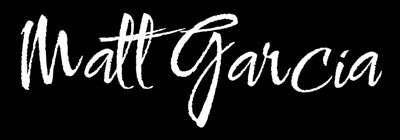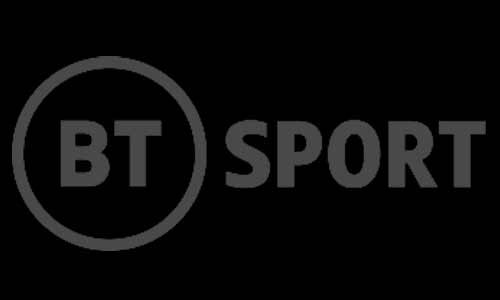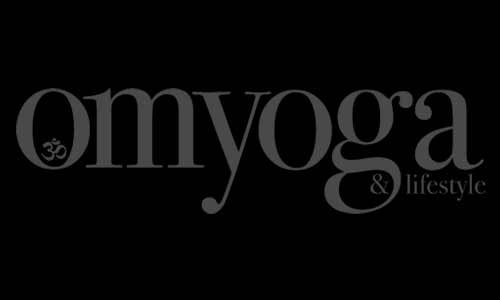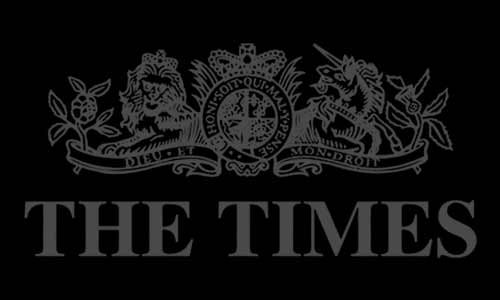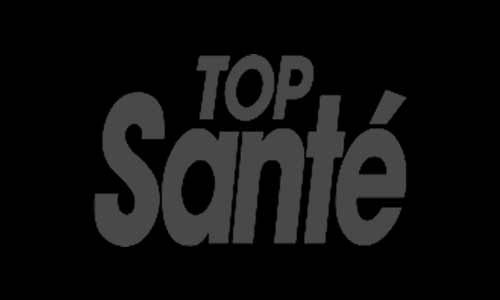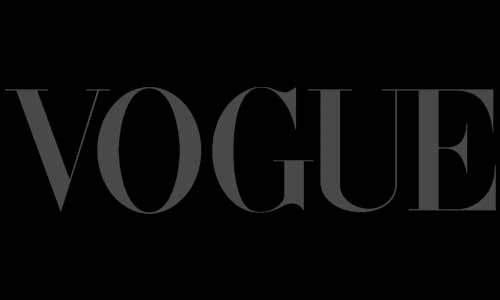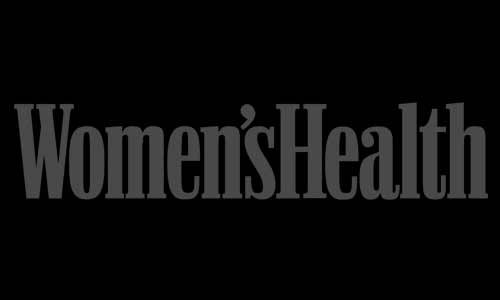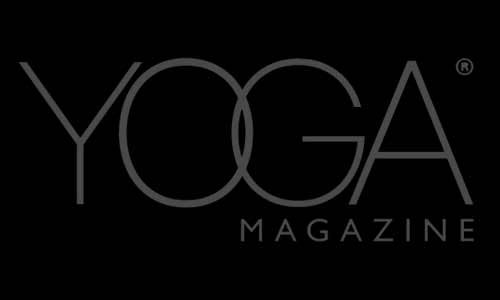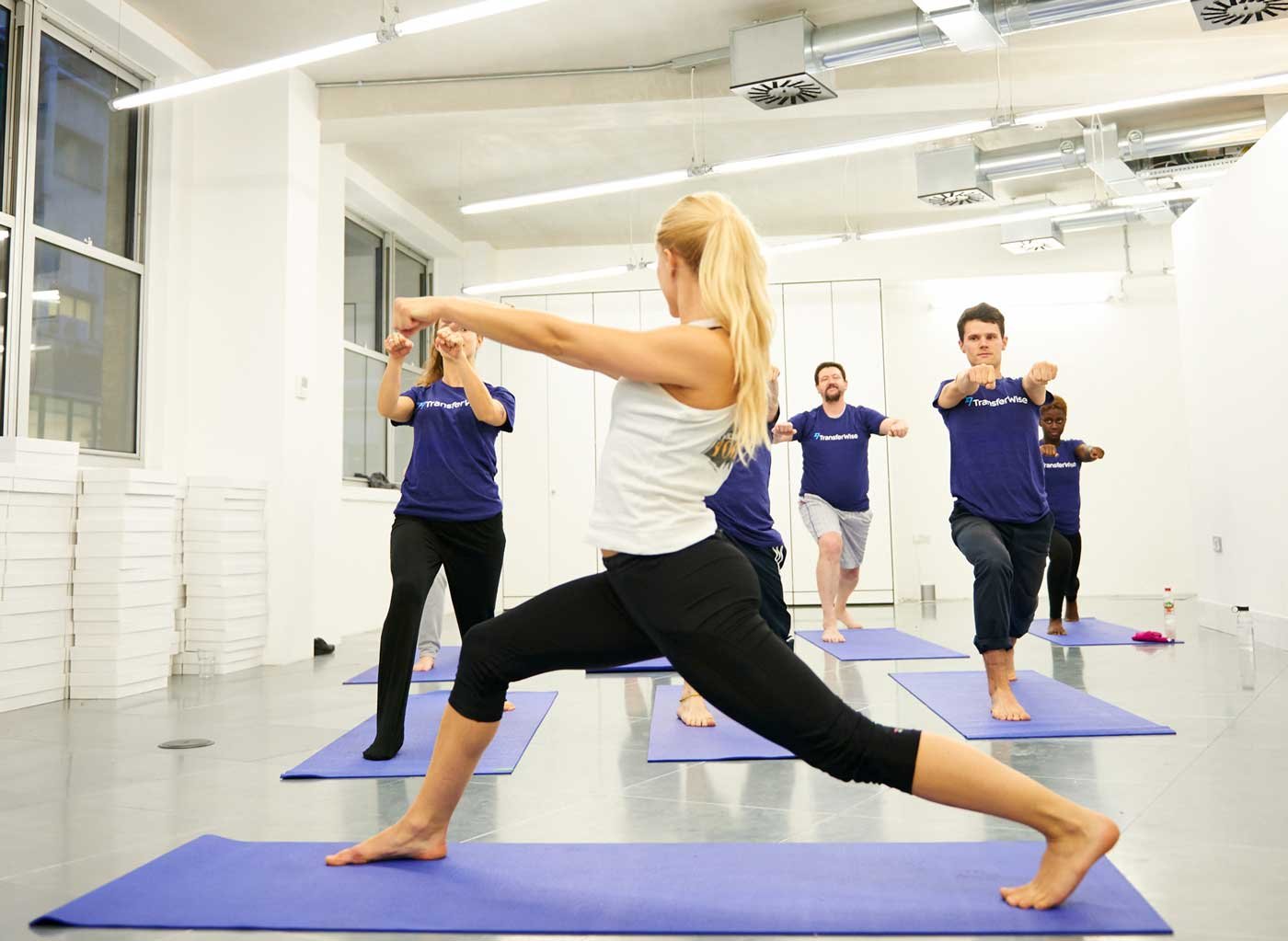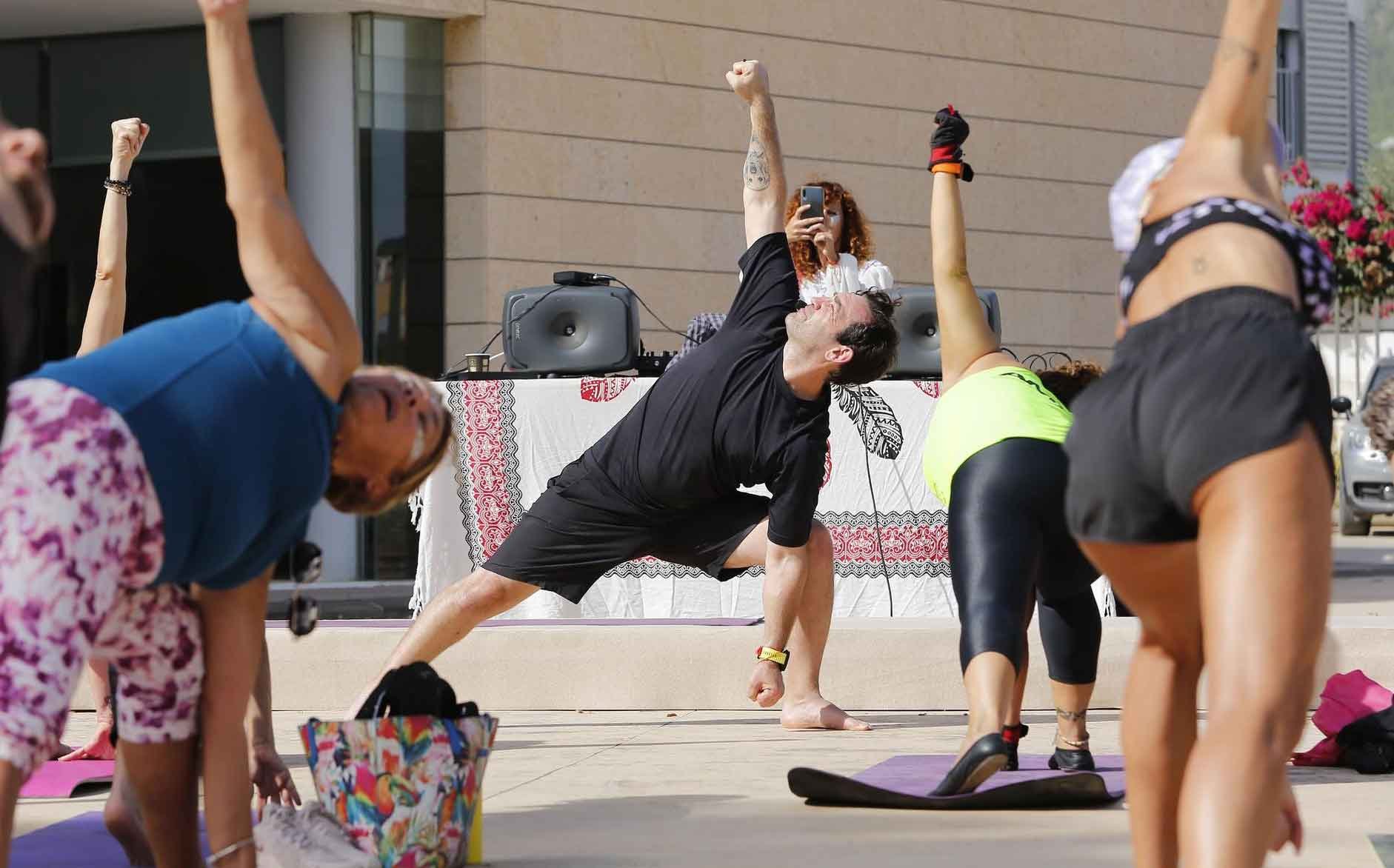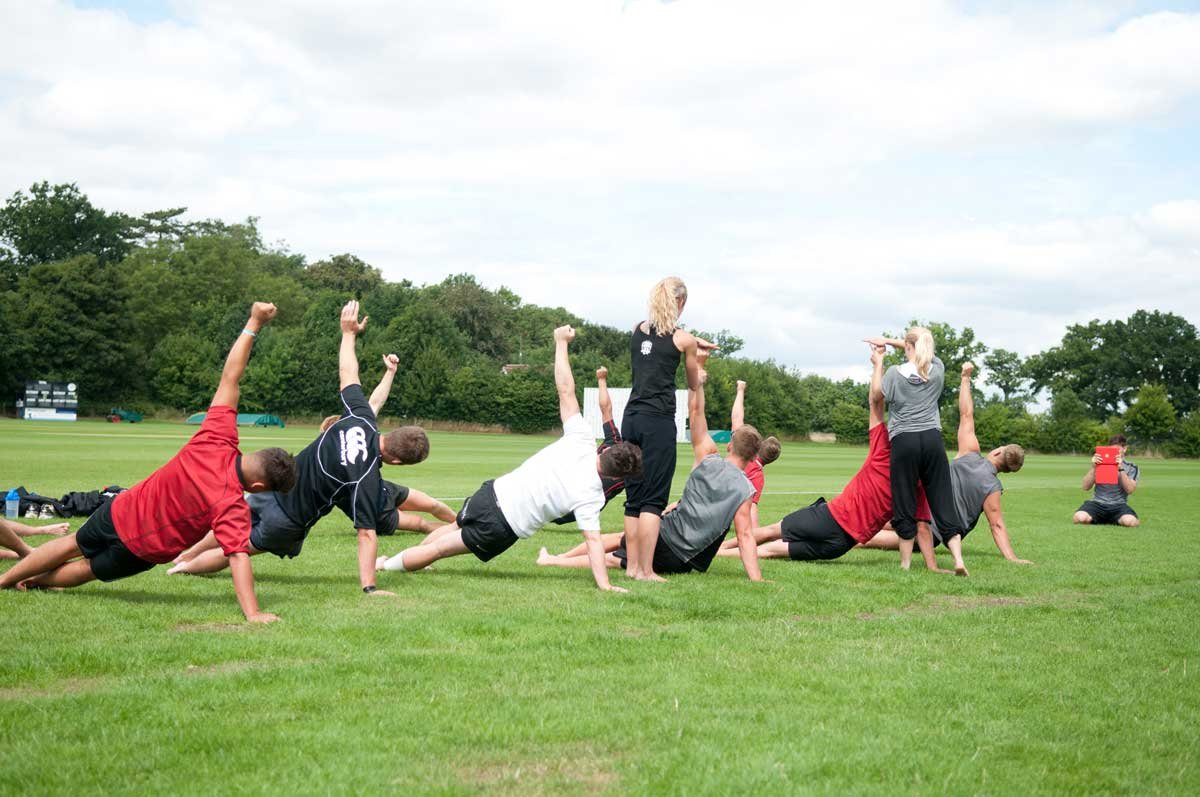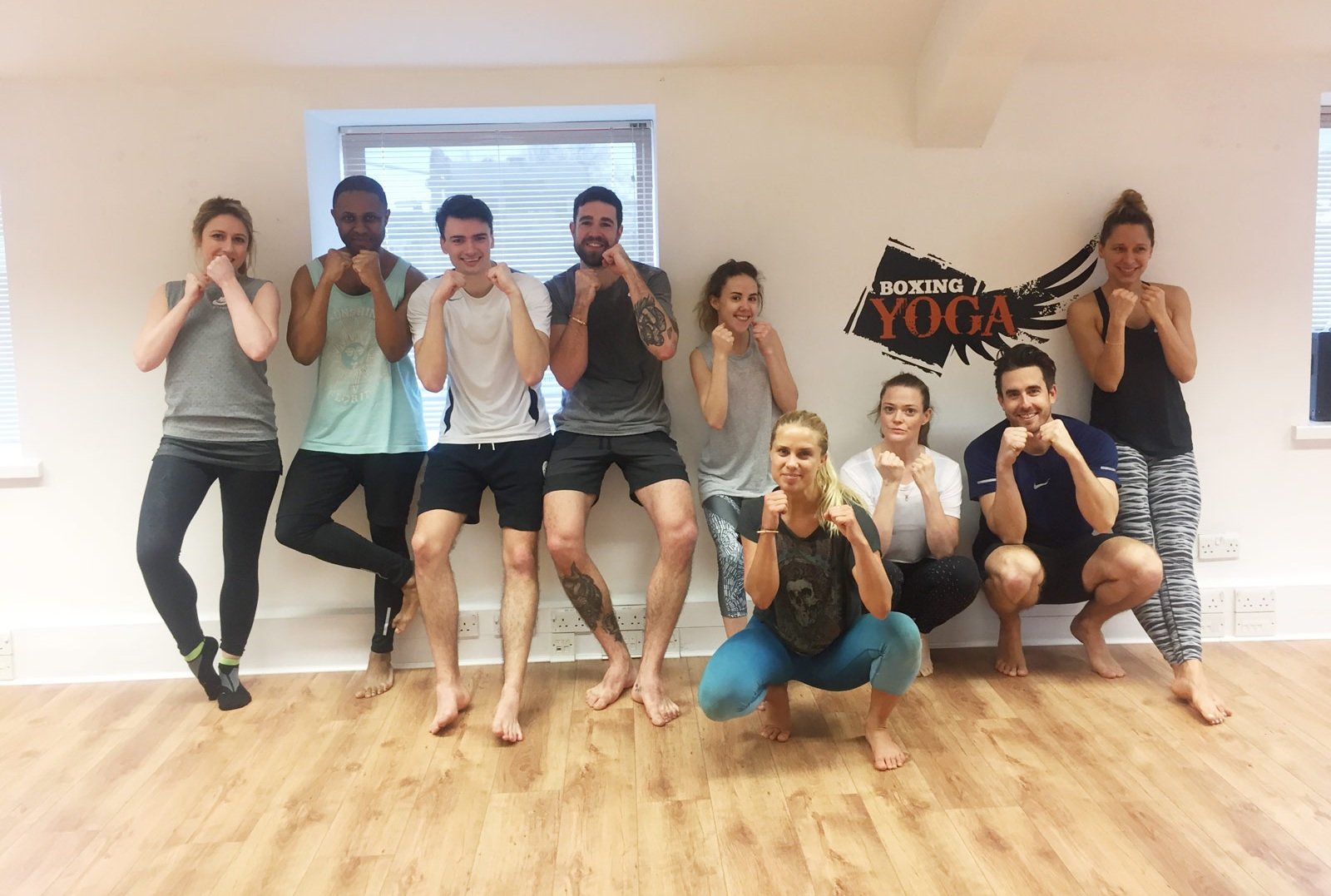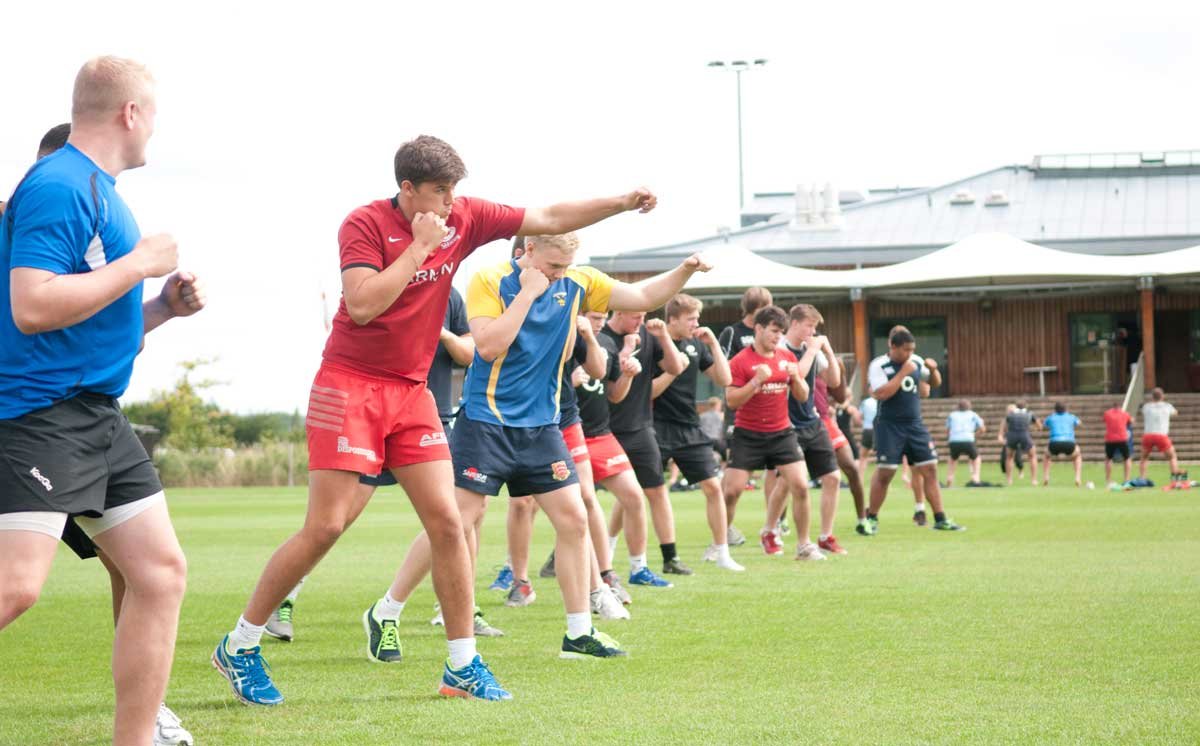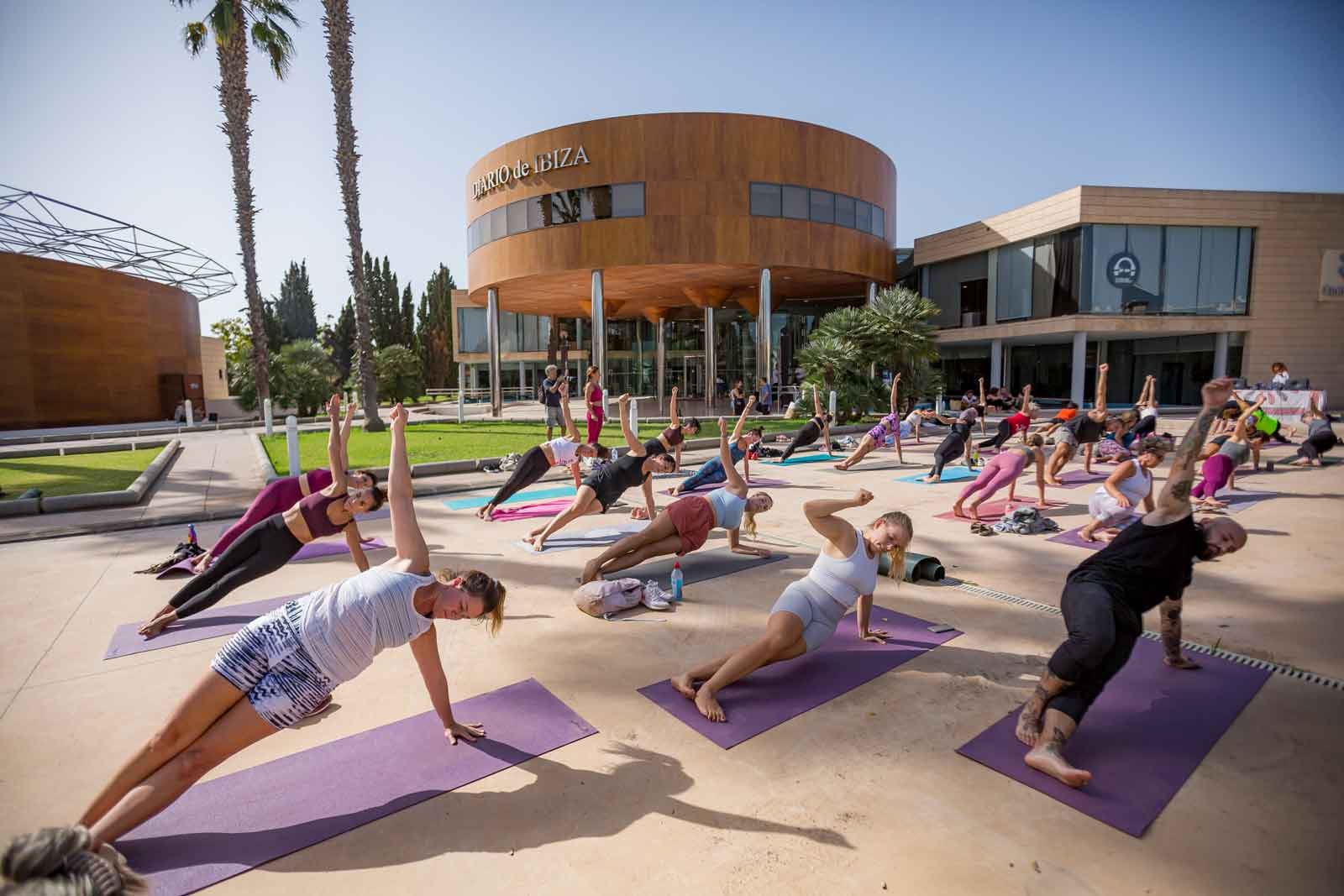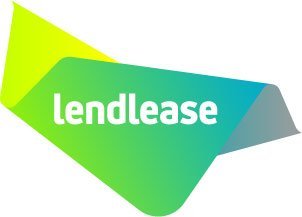
MaximiSing ROI on Wellness Events for HR Managers
Unlocking Success
MaximiSing ROI on Wellness Events for HR Managers
Employee wellness events have become integral components of corporate wellness programs, serving as catalysts for fostering healthy lifestyles, boosting morale, and enhancing productivity. However, to ensure the efficacy and sustainability of these events, HR managers must go beyond simply hosting them; they must measure their impact and continuously refine future programs.
In this comprehensive guide, we'll explore strategies for HR managers to maximise return on investment (ROI) on wellness events by effectively measuring success and improving future initiatives.
Understanding ROI in Wellness Events
Return on investment (ROI) in the context of wellness events refers to the tangible and intangible benefits derived from these initiatives compared to the resources invested. While financial metrics such as cost savings and healthcare expenditure reductions are essential, ROI in wellness events also encompasses factors such as employee engagement, satisfaction, and overall well-being.
By measuring these outcomes, HR managers can gauge the effectiveness of their wellness events and make data-driven decisions to optimise future programs.
Key Metrics for Measuring Success
Participation Rates: Track the number of employees who participate in wellness events to assess engagement levels and overall program uptake. Analyse participation rates across different demographics, departments, and event types to identify areas for improvement and tailor future initiatives accordingly.
Employee Feedback: Solicit feedback from participants through surveys, focus groups, or one-on-one interviews to gather insights into their experiences, preferences, and satisfaction with wellness events. Pay attention to feedback regarding event content, format, timing, and accessibility to inform future planning and program design.
Health Outcomes: Measure changes in key health indicators such as BMI, blood pressure, cholesterol levels, and stress levels before and after wellness events to assess their impact on employee health. Collaborate with healthcare providers or wellness experts to conduct health screenings and assessments and track progress over time.
Productivity and Performance: Evaluate the impact of wellness events on employee productivity, absenteeism, presenteeism, and job satisfaction. Analyse metrics such as work output, project completion rates, and employee performance evaluations to identify correlations between participation in wellness events and workplace outcomes.
Cost Savings: Quantify the financial impact of wellness events by calculating cost savings associated with reduced healthcare costs, absenteeism, disability claims, and employee turnover. Compare these savings to the investment in wellness events to determine their cost-effectiveness and ROI.
Strategies for Maximising ROI on Wellness Events
Set Clear Objectives and Goals: Before planning wellness events, establish clear objectives and goals that align with organisational priorities and employee needs. Define measurable outcomes and success criteria to guide program evaluation and ensure alignment with broader business objectives.
Tailor Events to Employee Preferences: Take a tailored approach to designing wellness events by considering the diverse needs, interests, and preferences of employees. Conduct surveys or focus groups to gather insights into employee wellness goals, preferred activities, and barriers to participation. Customise event content, formats, and timing to maximise engagement and relevance.
Leverage Data and Analytics: Utilise data and analytics to gain actionable insights into the effectiveness of wellness events and inform decision-making. Implement data collection tools, such as employee wellness platforms or HR analytics software, to track key metrics and measure success over time. Use data-driven insights to identify trends, patterns, and areas for improvement in wellness program delivery.
Cultivate a Culture of Wellness: Foster a culture of wellness within the organisation by integrating wellness initiatives into the fabric of the workplace. Encourage leadership buy-in and participation in wellness events to set a positive example and reinforce the importance of employee well-being. Provide ongoing education, resources, and support to empower employees to prioritise their health and well-being.
Continuously Improve and Innovate: Embrace a culture of continuous improvement by soliciting feedback, evaluating results, and iterating on wellness event strategies. Regularly review program outcomes, benchmark against industry standards, and seek opportunities for innovation and enhancement. Experiment with new event formats, technologies, and partnerships to keep wellness initiatives fresh and engaging.
Communicate Results and Celebrate Success: Share the impact and success of wellness events with key stakeholders, including leadership, employees, and external partners. Communicate ROI metrics, success stories, and testimonials through internal newsletters, company meetings, and digital channels to reinforce the value of employee wellness initiatives. Celebrate achievements and recognise individuals or teams who contribute to the success of wellness events.
Maximizing ROI on wellness events requires a strategic and data-driven approach that focuses on measurable outcomes, employee engagement, and continuous improvement. By setting clear objectives, tailoring events to employee preferences, leveraging data and analytics, cultivating a culture of wellness, and continuously improving and innovating, HR managers can optimise the impact and effectiveness of wellness initiatives.
By prioritising employee well-being and investing in meaningful wellness events, organisations can create healthier, happier, and more productive workplaces for their employees.
DISCOVER why Corporate BOX™ is the wellness event of choice for the likes of Vodafone, Converse and Chelsea FC, click here.
As Featured In
CorporateBox™ Enjoyed By

